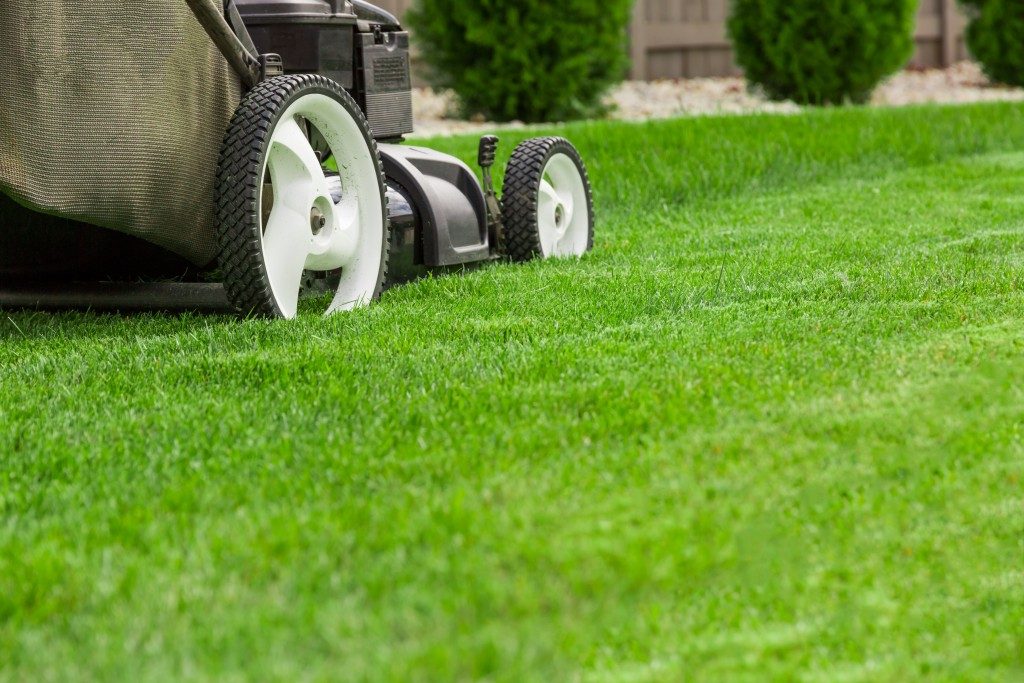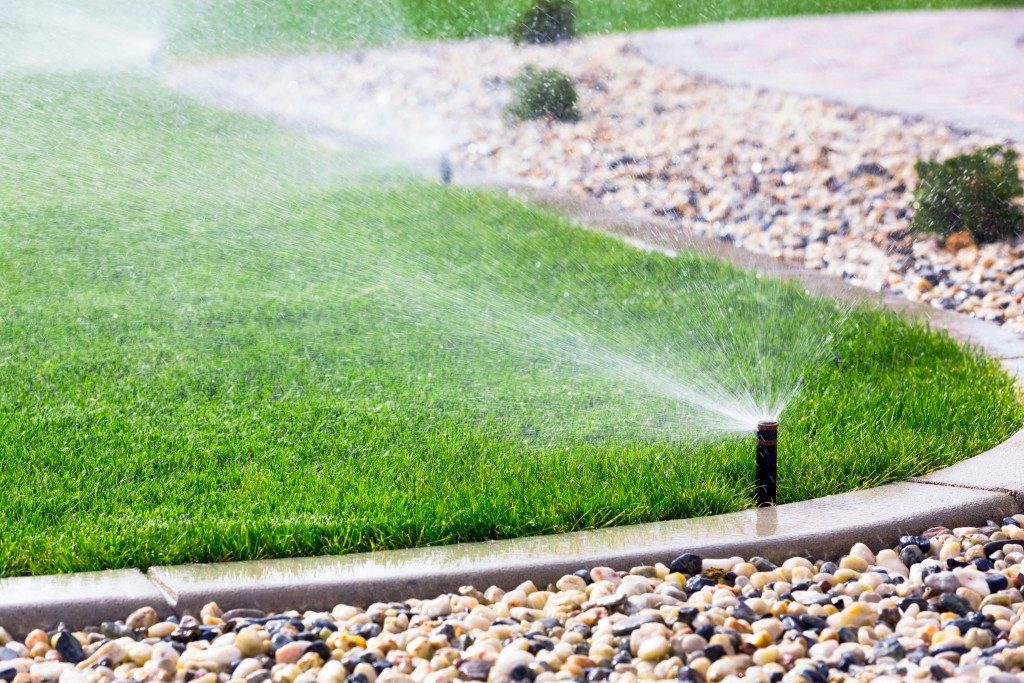The end of the winter season also means paying extra attention to your yard as it tries to return to its green, robust state. Early spring is the best time to make your lawn and the rest of your house look great because the weather complements the transformation and makes it easier for you to get work done. If you live in places like Sandy, Utah, which can experience as much as 61 inches of snow per year, sprinkler repairs and general plumbing issues post-winter can be quite common.
Looking at your yard after the snow has thawed can be overwhelming and the barrenness might discourage you from getting started on repairs. The good news is that the grayness is short-term and, with your help, the lawn can regain its health and give you bold colors once again. If you don’t know where and how to start, here are five ways to revive your lawn after the cold season:
1. Water it every morning
You might think that watering your lawn is not really necessary in the spring because the climate is wet, but experts reveal that watering it every morning will help expedite the grass’s growth. The ideal time to do so is before 10 a.m. so that it has the entire morning to absorb all the moisture and then dry out by the afternoon. Some people make the mistake of watering at night to avoid the heat, but this can actually cause problems later on, such as fungus and mold formation.
2. Feed it well
The best time to apply fertilizer to your yard is when the grass is actively growing and you have mowed the area at least two times already. How you apply the product will depend on the type of grass you have, so be sure to check the instructions on the packaging before doing so. Once done, water the area immediately to force the vitamins and nutrients to seep through the soil and reach the roots.
Word of caution, though: Quick-release fertilizer variants need to be applied to the T because too much can potentially cause harm to your grass. You can also opt for those slow-release fertilizer types so that your lawn is kept well fed over time.
3. Seed spots that have thin patches
Seeing patches of no growth after winter is not unusual and the good news is that you can do something about it. You can start by raking the area and pouring in a good amount of grass seeds. Give it special care when you water your lawn for several weeks to encourage the seeds to come out and take hold of the soil. Raking the soil before seeding opens it up slightly and gives the seeds an optimal environment to grow. Gardening experts recommend watering specific spots two to three times a day until new growth sprouts.
4. Start weeding
As soon as the ice disappears, you may apply a pre-emergent weed killing product on your area — before the grass starts to grow again. Be sure to follow the instructions on the packaging carefully because their application can vary depending on the brand. You may use a broadcast spreader to spread the product evenly across your yard.
5. Mow the lawn once the grass has resumed growing

When the grass has started growing actively to at least 1” higher than your mower’s blade height, it’s time to do a sweep of your area. Note that it’s best to do this when the grass has dried and not during wet weather.
There are many ways to help your yard return to its healthy state post-winter, so don’t lose hope when you see your lawn looking barren and empty at the beginning. If being a green thumb is not really your style, you can definitely bring a professional in to help you get things done. With the right corrective and preventive methods, you can keep the weeds away and create an optimal environment for grass and other flora to grow, so your home looks lively once again for the rest of the year.
